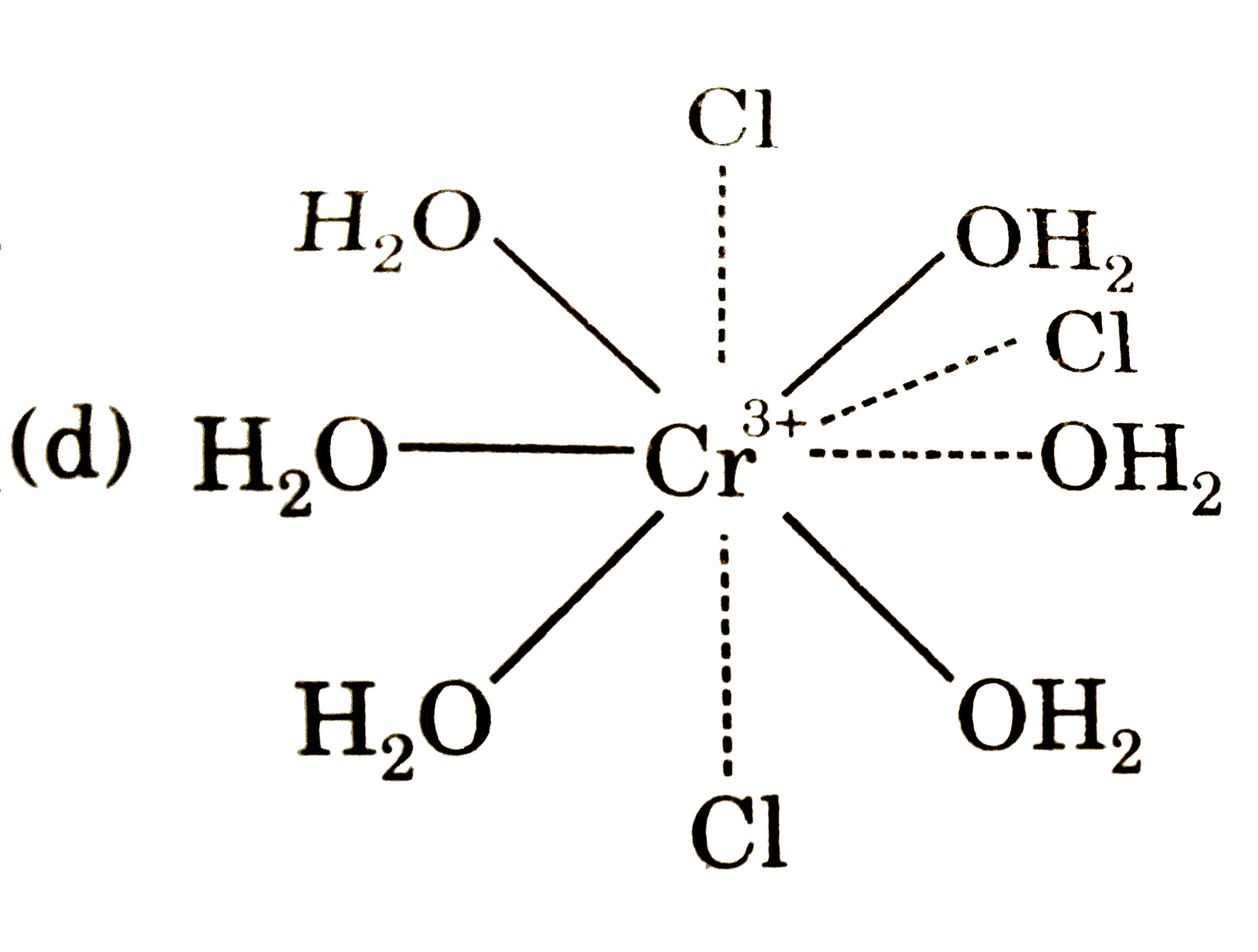According to Werner's theory
A
Primary valency can be ionized
B
Secondary valency can be ionized
C
Primary and secondary valencies both cannot be ionized
D
Only primary valency cannot be ionized
Video Solution
Text Solution
The correct Answer is:A
Primary valency can be ionized
|
Topper's Solved these Questions
- COORDINATION COMPOUNDSBOOK - ERRORLESSCHAPTER - COORDINATION COMPOUNDSEXERCISE - NCERT BASED QUESTION (VALENCE BOND THEORY AND GEOMETRY AND MAGNETIC NATURE OF COORDINATION COMPOUNDS)
48 Videos
- COORDINATION COMPOUNDSBOOK - ERRORLESSCHAPTER - COORDINATION COMPOUNDSEXERCISE - NCERT BASED QUESTION (CRYSTAL FIELD THEORY)
17 Videos
- COORDINATION COMPOUNDSBOOK - ERRORLESSCHAPTER - COORDINATION COMPOUNDSEXERCISE - NCERT BASED QUESTION (ISOMERISM)
1 Videos
- CHEMISTRY IN EVERYDAY LIFE BOOK - ERRORLESSCHAPTER - CHEMISTRY IN EVERYDAY LIFE EXERCISE - Assertion & Reason
4 Videos
- ELECTROCHEMISTRYBOOK - ERRORLESSCHAPTER - ELECTROCHEMISTRYEXERCISE - Assertion & Reason
11 Videos
Similar Questions
According to Werner' s coordination theory, there are two kinds of valence primary or ______ and secondary or _____The former type of valency is ______while the latter type is______ .
View SolutionAccording to Werner, there are two spheres (ozone) of attraction around the central metal ion. The inner sphere is the _________ and the outer sphere is the ___________.
View Solution
Knowledge Check
Consider the following statements:
According the Werner's theory.
(1) Ligands are connected to the metal ions by ionic bonds.
(2) Secondary valencies have directional properties
(3) Secondary valencies are non-ionisable
Of these statements :A1,2 and 3 are correctB2 and 3 are correctC1 and 3 are correctD1 and 2 are correctA, B and C are three complexes of chromium (III) with the empirical formula H12O6Cl3Cr. All the three complexes have water and chloride ion as ligands. Complex A does not react with concentrated H2SO4, whereas complexes B and C lose 6.75% and 13.5% of their original weight, respectively, on treatment with concentrated H2SO4.
According to the Werner theory, the structure of complex A is represented by :A B
B C
C D
D
A, B and C are three complexes of chromium (III) with the empirical formula H12O6Cl3Cr. All the three complexes have water and chloride ion as ligands. Complex A does not react with concentrated H2SO4, whereas complexes B and C lose 6.75% and 13.5% of their original weight, respectively, on treatment with concentrated H2SO4.
According to the Werner theory, the structure of complex A is represented by :A B
B C
C D
D
